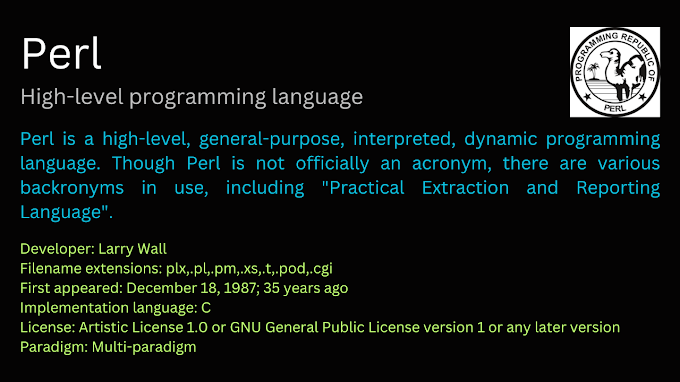Introduction
Flutter is a popular cross-platform framework for building mobile applications. One essential aspect of mobile app development is handling permissions, which allows apps to access various device resources and services. In this article, we will explore the permission_handler package for Flutter, which simplifies the process of managing permissions in your Flutter apps.
.png)
Understanding The Permission_handler Package
Overview Of The Permission_handler Package
The permission_handler package is a powerful tool that provides a convenient way to handle permissions in Flutter applications. It abstracts the platform-specific APIs and provides a unified interface for requesting and managing permissions across different platforms such as Android and iOS.
Features And Benefits Of Using Permission_handler
By utilizing the permission_handler package, developers can streamline the process of requesting and managing permissions in their Flutter apps. Some key features and benefits of this package include:
- Simplified permission handling: The package offers a simple and intuitive API for requesting and checking permission statuses.
- Cross-platform support: It provides consistent permission handling across multiple platforms, eliminating the need for platform-specific implementations.
- Customization options: Developers can customize the appearance and behavior of permission request dialogs to match their app's design and requirements.
- Grouping and simplification: The package allows grouping related permissions, making it easier to manage and request multiple permissions simultaneously.
Compatibility And Platform Support
The permission_handler package is compatible with Flutter projects targeting both Android and iOS platforms. It leverages the underlying platform-specific permission APIs to ensure seamless integration and reliable permission management.
Getting Started With Permission_handler
To start using the permission_handler package in your Flutter project, follow these steps:
Installing The Package
Include the permission_handler package as a dependency in
your `pubspec.yaml` file:
```yaml
dependencies:
permission_handler: ^X.X.X
```
Replace `^X.X.X` with the latest version of the package.
Importing The Package
After adding the dependency, import the package in your Dart file:
```dart
import 'package:permission_handler/permission_handler.dart';
```
Requesting Permissions
To request a permission, use the `request()` method provided by the package. Here's an example of requesting the camera permission:
```dart
PermissionStatus status = await Permission.camera.request();
```
The `request()` method returns a `PermissionStatus` object representing the permission status. You can handle the permission result based on this status.
Handling Different Permission Scenarios
The permission_handler package provides various methods to handle different permission scenarios efficiently.
Handling Permission Statuses
You can check the current status of a permission using the `status` property of a `Permission` object. For example:
```dart
PermissionStatus status = await Permission.camera.status;
if (status.isGranted) {
// Permission is granted
} else if (status.isDenied) {
// Permission is denied
} else if (status.isPermanentlyDenied) {
// Permission is permanently denied
}
```
Requesting Multiple Permissions
To request multiple permissions simultaneously, use the `request()` method with a list of permissions. For instance:
```dart
Map<Permission, PermissionStatus> statuses = await [
Permission.camera,
Permission.microphone,
].request();
```
The `request()` method returns a map containing the permission statuses for the requested permissions.
Handling Permission Denied Or Permanently Denied
If a user denies a permission request, you can handle the situation gracefully. The permission_handler package provides methods to redirect users to the device settings screen or explain the importance of the permission.
Best Practices For Using Permission_handler
To ensure a smooth user experience and proper handling of permissions in your Flutter app, consider the following best practices:
Checking Permission Status Before Accessing Restricted Features
Before accessing features that require a specific permission, always check the permission status. This allows you to inform the user about the missing permission and prompt them to grant it if necessary.
Providing Explanatory Messages For Permission Requests
When requesting permissions, provide clear and concise explanations to users about why the permission is needed. This helps users understand the purpose and importance of granting the permission.
Properly Handling Permission Results
Handle permission results appropriately based on the user's decision. Whether the permission is granted or denied, your app should respond accordingly and provide suitable fallback options if needed.
Advanced Usage And Additional Features
The permission_handler package offers advanced features for customization and handling complex permission scenarios.
Customizing Permission Dialogs
You can customize the appearance and behavior of permission request dialogs using the package's configuration options. This allows you to align the permission request experience with your app's design guidelines.
Permission Grouping And Simplification
To simplify permission management, the package supports grouping related permissions together. This enables you to request multiple permissions belonging to the same group simultaneously.
Handling Permission Rationale
If a user denies a permission and chooses the Don't ask again option, you can provide additional rationale and guidance to the user. The permission_handler package facilitates handling such scenarios.
Real-World Examples And Use Cases
Let's explore a few real-world examples and use cases where the permission_handler package can be beneficial:
Accessing Device Camera And Gallery
If your app requires access to the device camera and gallery to capture or display images, you can utilize the permission_handler package to handle the necessary permissions seamlessly.
Requesting Location Permissions
For apps that rely on location services, such as maps or geolocation-based apps, the permission_handler package simplifies the process of requesting location-related permissions from the user.
Using Microphone And Audio Recording Permissions
If your app involves audio recording or voice-related functionalities, the permission_handler package helps manage the necessary permissions for microphone access.
Comparison With Other Permission Handling Packages
While the permission_handler package offers numerous benefits, it's important to consider alternative packages for permission handling. Each package may have unique features and approaches that align better with specific project requirements.
Lastly
In conclusion, the permission_handler package for Flutter is a valuable tool for managing permissions in mobile applications. Its simplicity, cross-platform support, and customization options make it an excellent choice for handling permissions effectively. By using the permission_handler package, you can ensure a seamless user experience while accessing restricted device resources and services.



0 Comments
Welcome! Please Comment Without Any Hesitation.
Thank You